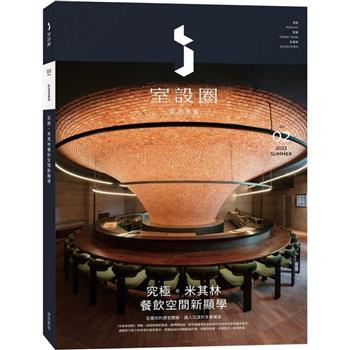The aim of this study was, through the application of geostatistics, to analyze the spatial distribution of turbidity and free residual chlorine levels in drinking water distributed to the population, in order to help manage water quality control. Bibliographic research was carried out. This was followed by sampling planning, sample collection and testing, data storage and geostatistical analysis. The variographic models for interpolating the attributes were evaluated. The data indicated that the exponential model best met the criteria evaluated, so this was the model used for interpolation and representation on thematic maps. In the thematic map of turbidity content, anomalous point values were observed, while in the evaluation of free residual chlorine content, there was a tendency for the content to gradually decrease. There was also greater variability in the estimate when the distance between the sampling points was greater. The results showed that geostatistics can help in the management of water quality control in the distribution network. Further studies have been suggested using the geoprocessing technique.
| FindBook |
有 1 項符合
Use of geoprocessing tools的圖書 |
 |
Use of geoprocessing tools 作者:Augusto 出版社:Our Knowledge Publishing 出版日期:2024-03-31 語言:英文 規格:平裝 / 52頁 / 22.86 x 15.24 x 0.3 cm / 普通級/ 初版 |
| 圖書館借閱 |
| 國家圖書館 | 全國圖書書目資訊網 | 國立公共資訊圖書館 | 電子書服務平台 | MetaCat 跨館整合查詢 |
| 臺北市立圖書館 | 新北市立圖書館 | 基隆市公共圖書館 | 桃園市立圖書館 | 新竹縣公共圖書館 |
| 苗栗縣立圖書館 | 臺中市立圖書館 | 彰化縣公共圖書館 | 南投縣文化局 | 雲林縣公共圖書館 |
| 嘉義縣圖書館 | 臺南市立圖書館 | 高雄市立圖書館 | 屏東縣公共圖書館 | 宜蘭縣公共圖書館 |
| 花蓮縣文化局 | 臺東縣文化處 |
|
|
圖書介紹 - 資料來源:博客來 評分:
圖書名稱:Use of geoprocessing tools
The Theory of Permutable Functions
Quantum Gravity in a Nutshell1
Z-Transform
Differential Equation
Process and Time
Mathematics in Architecture, Art, Nature and Beyond
Approximation and Regularisation Methods for Operator-Functional Equations
Primal Heuristics in Integer Programming
Primal Heuristics in Integer Programming
Abstract Chiral Polytopes
Quantum Gravity in a Nutshell1
Z-Transform
Differential Equation
Process and Time
Mathematics in Architecture, Art, Nature and Beyond
Approximation and Regularisation Methods for Operator-Functional Equations
Primal Heuristics in Integer Programming
Primal Heuristics in Integer Programming
Abstract Chiral Polytopes
|











